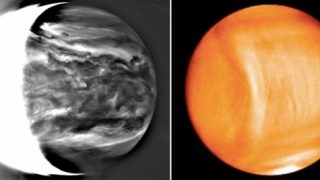
MI weekly selection #184
Humanities & Social Sciences • Science • Technology • Weekly Selection
Unusual underwater structures are geological, not ancient city Uniquely shaped structures found underwater near the Greek island of Zakynthos are naturally occurring geological forms and not the ruins of an ancient city lost to the sea. The circular structures reminiscent of columns, floors and courtyards likely formed about 5 million years ago during the Pliocene […]








